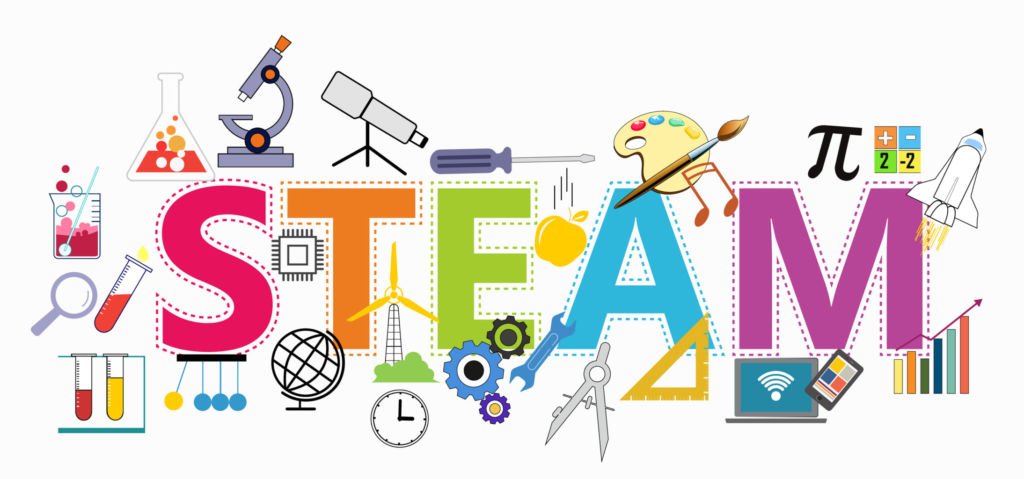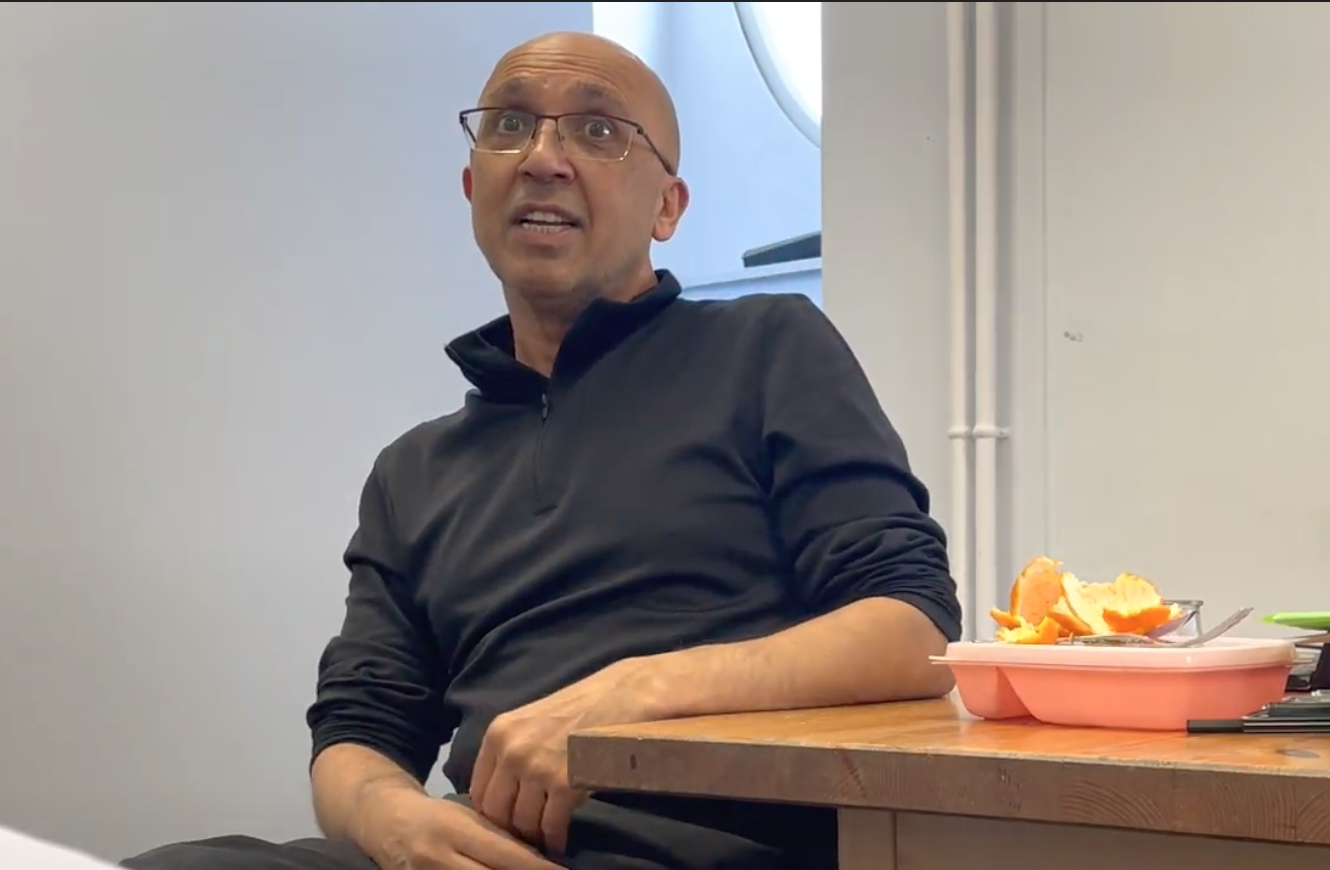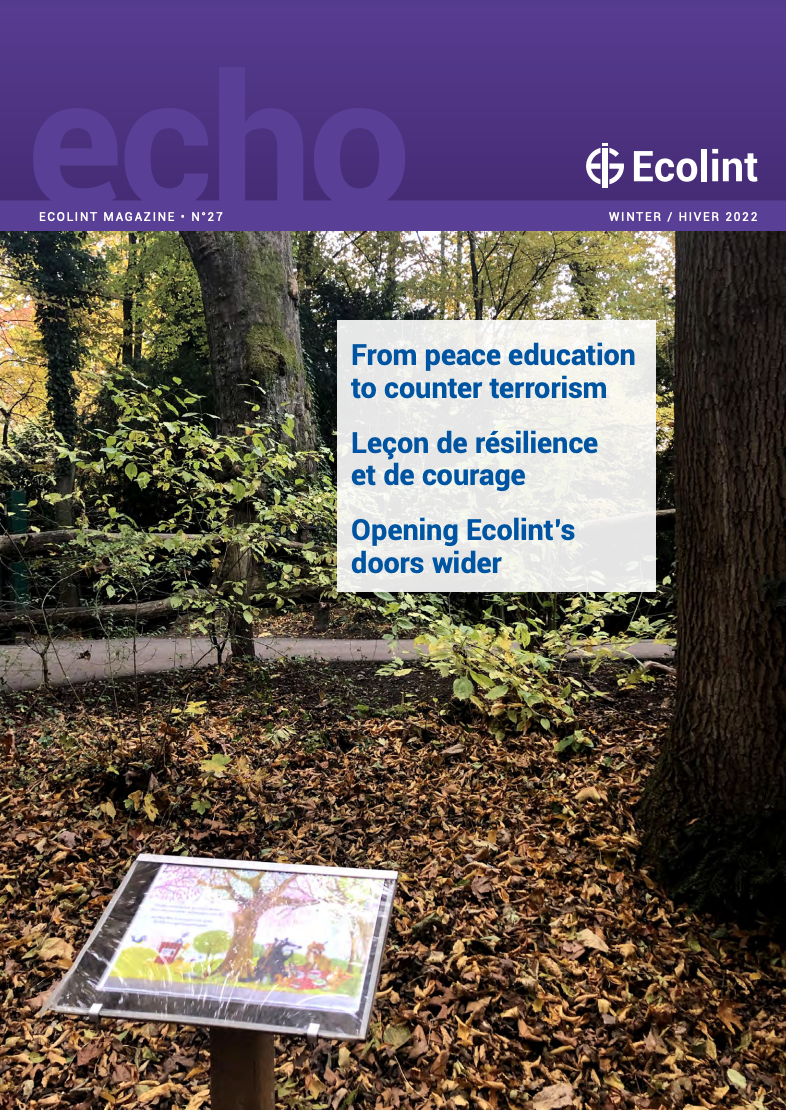By Flora Lepage, Year 11
STEM ; science, technology, engineering, mathematics. This one word contains some of the largest and most important disciplines humans have taught and expanded on since the beginning of time. The sciences have generally been thought of in a “traditional” manner, meaning that they were seen as subjects which could only be mastered with the knowledge of mathematics or chemistry and not using other expertise such as humanities or arts.
However, in the past ten years the arts have become more and more present in this area of expertise, sometimes blurring the lines of sciences and arts. In this article we use the terms “arts” and “humanities” interchangeably, following the concept of the university degree Bachelor of Arts which is not focused on arts such as drawing and singing, but includes all humanities subjects such as history, philosophy, languages etc. Debate after debate, scientists have argued that sciences and mathematics are subjects that are based on facts whereas arts tends to lean towards the more philosophical side. Still, it has been proven that different branches of humanities such as philosophy take on an important role in different areas of the STEM subjects in helping to evolve different theories and knowledge. The acknowledgment of this allowed for a new letter to be introduced into this concept. STEAM is believed to be a fresh breath of air in the otherwise very strict world of STEM. The sciences are subjects that will never cease to evolve and amaze us as our world continues to move forward. Incorporating this new approach in sciences is an immense development that will not only broaden the diversity of knowledge but also the different perspectives that can be taken on a specific issue.
Recently, there has been discussion of our school evolving the STEM centre into the STEAM centre. This change would not only be to the name of our centre but also to the entire structure in the way the different courses that are available in the STEM centre would also change. The two worlds of arts and sciences are very separated in our school when in reality the two subjects almost go hand in hand. Allowing the students to incorporate each other’s knowledge and skills of the different disciplines into their work will allow them to produce different work that has never been seen before in our school community. It will also allow for students to expand their knowledge on their own subjects of sciences by learning how to use the arts and humanities as a learning tool, the same being for the humanities students. Both groups will benefit from an exposure to new ways of reasoning and drawing conclusions.
Another positive aspect to this change is bringing students together in an academic manner. Fortunately, students in our school do not tend to only keep with their peers who study in the same area of interest, yet this does not mean that there is a lack of mix in the different subjects. There have been hundreds of studies performed to show that students who take part in a more transdisciplinary course tend to perform better than students who take a course solely with traditional subjects. Allowing students to incorporate their knowledge of a subject into another does not only force them to think in different ways, but also prepares them for the realities they will face later in life, when they must use their different knowledge of different subjects to solve problems and think critically.
Our school has always been very keen on involving our students in more transdisciplinary courses, in order to ensure we can approach solutions with a wide range of understanding and open minds. STEAM is an important step in our school’s evolution and will change the lives of our humanities, arts, and sciences students for the better.



